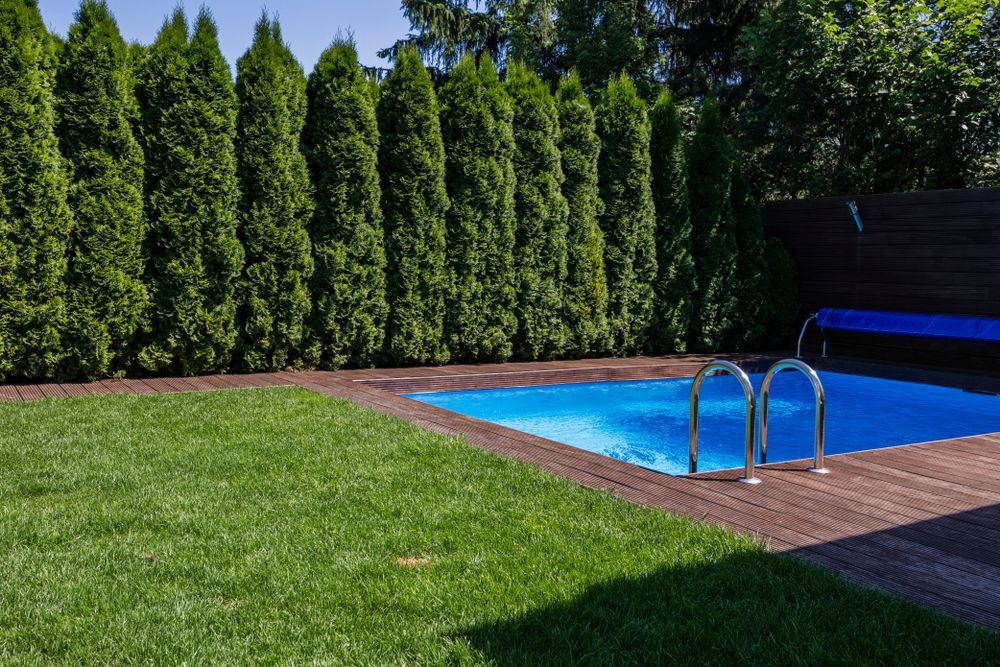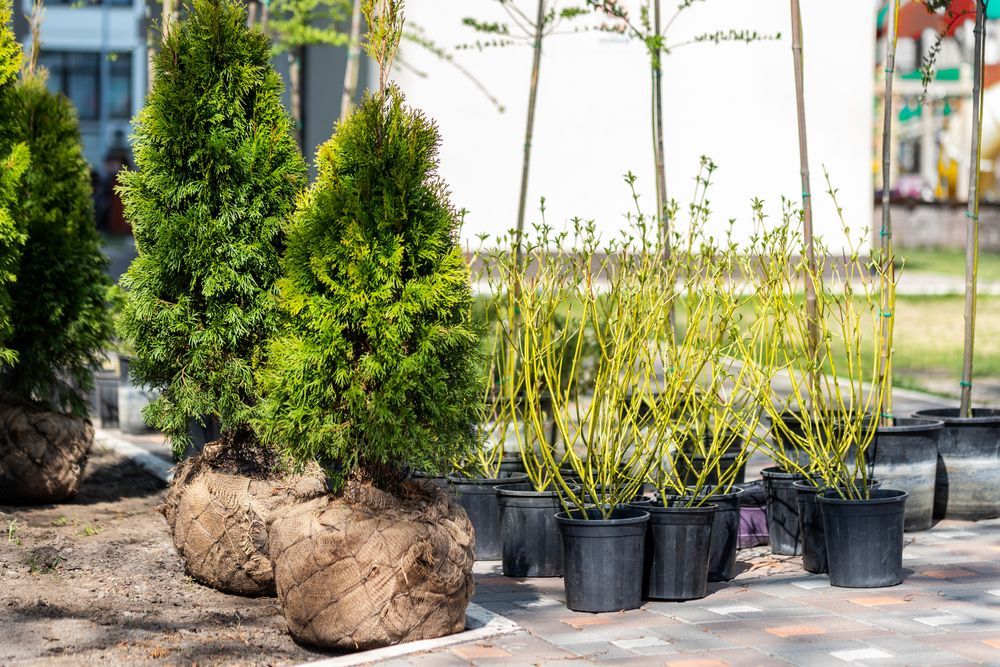Tree Transplanting Questionnaire: What You Need to Know Before Moving a Tree
Relocating a tree is a big decision whether you’re redesigning your landscape, protecting a tree during construction, or saving a beloved tree from poor placement. But not all trees can or should be moved. Use this simple questionnaire to evaluate if tree transplanting is a viable option for your situation.
1. How large is the tree you want to move?
- □ Less than 6 feet tall
- □ 6–15 feet tall
- □ 15+ feet tall or mature tree
Why it matters: Smaller trees are easier (and less expensive) to relocate. Mature trees often require special equipment and expertise and may not survive the move.
2. How long has the tree been in its current location?
- □ Less than 1 year
- □ 1–3 years
- □ More than 3 years
Why it matters: Younger trees haven’t developed extensive root systems and are generally easier to transplant. Older trees have larger, deeper roots and are more likely to experience transplant shock.
3. What type of tree is it?
- □ I know the species (e.g., oak, maple, pine)
- □ I’m not sure, but I can describe it or show photos
- □ I have no idea
Why it matters: Some tree species handle transplanting well (like young maples or dogwoods), while others (like oaks or taprooted trees) are much more sensitive. Knowing the species helps determine the tree’s chances of survival.
4. What season are you planning to move the tree?
- □ Fall
- □ Spring
- □ Summer
- □ Winter
Why it matters: The best times to transplant most trees are early spring or fall when they are dormant. Moving trees in extreme heat or cold greatly increases stress and the risk of failure.
5. Are you able to provide post-transplant care (watering, mulching, monitoring)?
- □ Yes, I can commit to weekly care for 6–12 months
- □ Maybe, I’m not sure
- □ No, I don’t have the time or ability
Why it matters: After relocation, trees need consistent care to recover and reestablish their roots. Without regular watering and monitoring, even a well-executed transplant may fail.
Should You Move That Tree?
If you answered:
- Mostly the first options (smaller size, younger tree, known species, dormant season, able to provide care) – Your tree may be a good candidate for transplanting.
- Mostly second or third options – Consult a professional arborist before moving forward. Larger, older, or sensitive trees require expert evaluation and handling.
At Dusty’s Tree & Landscape Service, we specialize in evaluating, relocating, and caring for trees safely and successfully. If you're unsure whether your tree can be moved or how to do it, we’re here to help.




